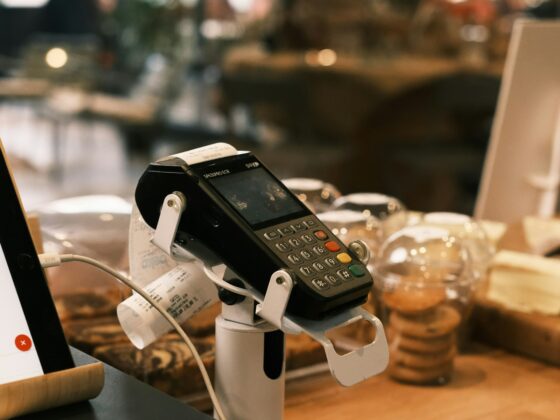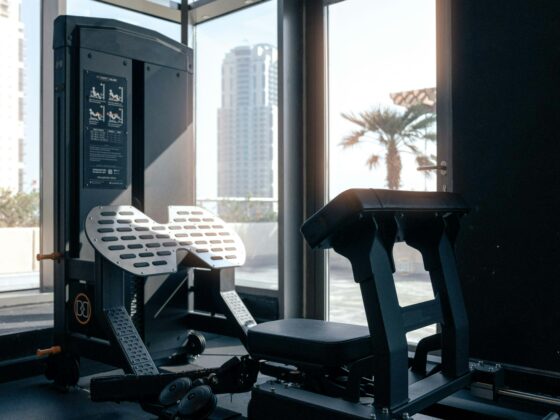
The hospitality industry is no stranger to external pressures. From labor shortages and wage increases to pandemic-driven operational shifts, this industry really has seen it all. But now, a new wave of cost pressures, including potential tariffs on imported goods that may affect electronics, poses a less visible but deeply consequential threat to an already strained sector.
Many of the tablets, payment devices, and point-of-sale (POS) terminals used by restaurants and hospitality businesses are assembled overseas. With new potential pressures added to hardware costs, operators face yet another blow to already thin margins. For large chains managing hundreds or thousands of terminals across locations, the price hike could total millions. For independent restaurants, even a small increase could mean delaying upgrades or dipping into already tight cash reserves. They could also cause them to increase prices for consumers who are already feeling the pressure on their wallets
But rising hardware costs don’t mean operators have to put innovation on pause. In fact, with the right strategies, this moment can be an opportunity to shift away from old assumptions and toward more flexible, future-proof solutions.
Rethinking Replacement Cycles
One of the most immediate responses to rising hardware costs should be to reevaluate hardware replacement cycles. Historically, many restaurants followed a rigid three- to five-year cadence for swapping out POS terminals, whether or not the old systems were still functional. That pattern is not only costly but financially impractical.
The good news is that POS modernization no longer requires a full hardware refresh. Cloud-based software solutions can extend the life of existing terminals, enabling restaurants to upgrade functionality and add new capabilities without ripping and replacing their tech stack. By leveraging more flexible, software-defined tools, businesses can stay competitive while preserving capital. As an example, TRAY replaces Windows with Android, speeding up hardware and remove PCI Compliance concerns.
Build Flexibility Into Every Layer
Hospitality operators need to think beyond cost-saving and consider flexibility as a core design principle. That applies not just to hardware, but to how services are deployed, integrated, and adapted across the business. Flexibility has always been a must in running a restaurant, but with the uncertainty of our current political and economic climate, it’s paramount.
A modular approach, or what most refer to as best-of-breed—where components like ordering, payments, loyalty, and kitchen display systems are decoupled—makes it easier to swap in better or more affordable options as needed. This minimizes vendor lock-in and creates a buffer against future price volatility.





